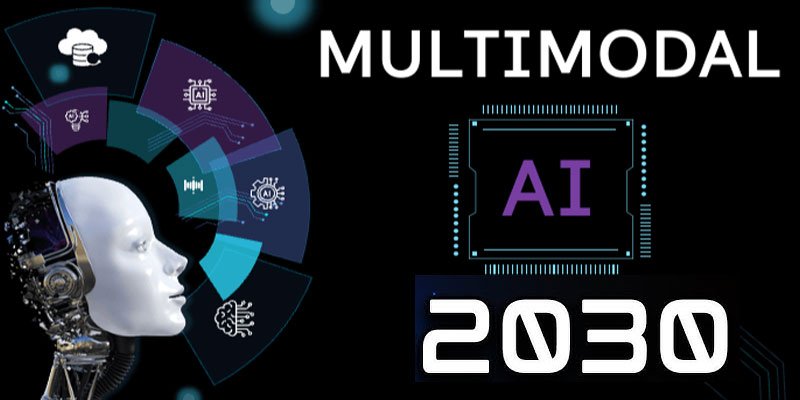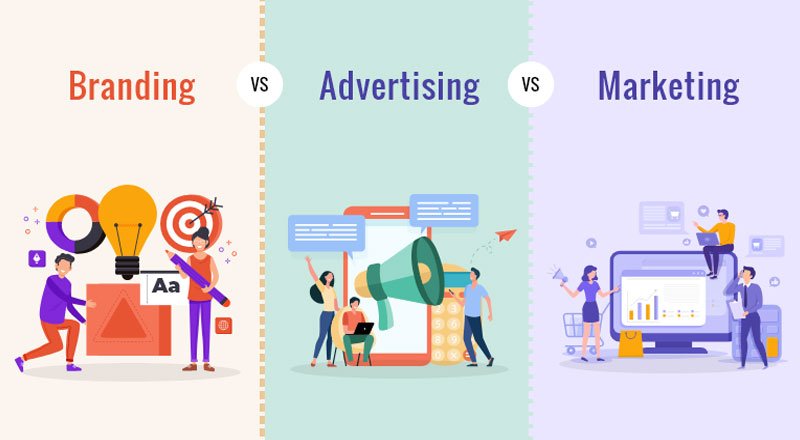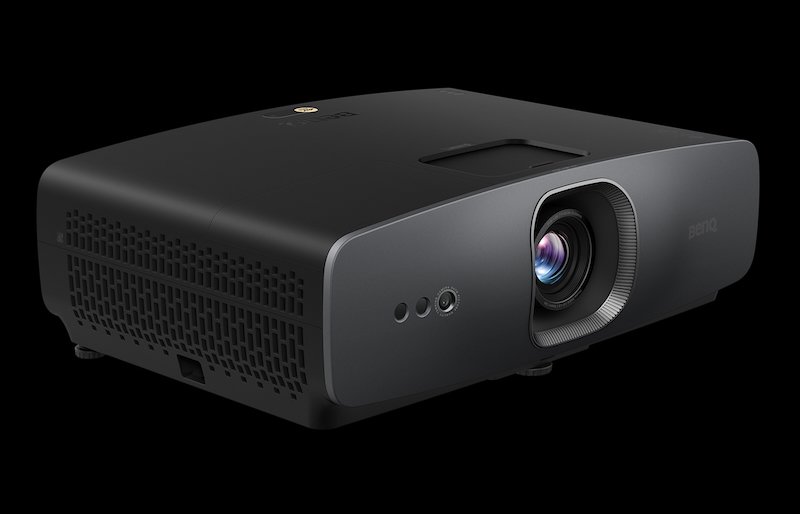
Multimodal AI to Power 80% of Enterprise Software by 2030: Gartner
Enterprise software is poised for a major transformation, with Gartner predicting that by 2030, 80% of all enterprise applications will be powered by multimodal AI—up from less than 10% in 2024. This shift is driven by the rapid advancement of multimodal generative AI (GenAI), which can process and combine multiple data types—such as text, images, audio, video, and numerical data—within a single system.
Multimodal AI enables enterprise systems to better interpret real-world scenarios, offering more intelligent, contextual, and actionable insights. Imagine an AI that watches a factory video, analyzes equipment sensor data, and listens to an operator’s spoken feedback—then provides real-time recommendations. This level of integration will revolutionize operations across industries like manufacturing, finance, and healthcare.
Roberta Cozza, Senior Director Analyst at Gartner, describes the rise of multimodal AI as a "fundamental transformation" in how businesses operate and innovate. It allows AI systems to move beyond passive analysis to taking proactive actions across a range of tasks—boosting accuracy, decision-making, and efficiency.
Gartner’s latest Emerging Tech Impact Radar spotlights multimodal GenAI as a critical area for strategic investment. Most current models handle limited data types (e.g., text-to-video), but future systems will integrate more diverse data formats, vastly enhancing enterprise application capabilities.
Cozza emphasizes the need for early adoption: “Product leaders must integrate multimodal capabilities to deliver richer user experiences and gain a competitive edge.” With its ability to synthesize and respond to diverse inputs, multimodal AI is set to unlock new levels of productivity and innovation in the enterprise landscape.
As GenAI matures, its integration into business software won’t just be an advantage—it will be a necessity.










